The Thermowave Merino Xtreme long sleeve and long john’s base layer have been with me for the last two years. Are they any good? Keep reading or watch the video!
- Price: Pants €/$ 74,95 (men/woman), Long sleeve €/$ 84,95/€ 89,95 (men/woman)
- Weight: Pants 196,7 grams / 6.9 oz Long sleeve 227,4 grams / 8.0 oz
- Size: XS-L (ladies), S-3XL (men)*
*Depending on color, availability and gender
This review starts in February 2022. I remember this quite precisely; it was shortly after Russia started messing around in the Ukraine. I had several calls and zoom meetings with Thermowave about what they are doing as a brand and of course about the new situation in the East. The threat that this brand was experiencing was impressive. Why? Thermowave is from Lithuania; a neighbor of Russia. Now it is the beginning of 2024 and I have tested the Thermowave Merino Xtreme base layer intensely and it is time to do the review.
The Thermowave Merino Xtreme base layer gear that I am reviewing here is the Thermowave Merino Xtreme Long-Sleeve shirt with ⅓ zipper and the Thermowave Merino Xtreme Long Pants in a size S. They are available for men and women in several colors and sizes depending on availability.
Merino blend base layers
The long-sleeve and the long john’s are made of a blend of merino wool, polyamide and polyester, have a quality weight of 220 gr/m2 and the construction is quite special. The base layers are built of two layers of material on top of each other. This is something that you can’t see or feel when you hold the material in your hands. On the outer layer is a blend of 80% merino wool and 20% of polyamide. The inner layer is made of 100% polyester.
Why this construction?
Like I mentioned, the construction is special and there is a reason for this. The inner layer of polyester is there to wick moisture away from the body. In itself polyester does not absorb any moisture. In the outer layer the merino wool provides warmth and also absorbs some moisture. The polyamide part is there to make the merino parts stronger. The layers together should result in – according to Thermowave – “a base layer with great insulation, very durable, yet still breathable fabric.” Is this the case? I’ll tell you later.
Made in…
I was surprised to learn that the Thermowave base layers are made in Lithuania in a factory that already has over 80 years of manufacturing experience. I like this since it is positive for local employment and in this respect the garments are even a bit more sustainable than products that have to travel a long distance. At least for me living in Europe.
That said… the merino wool that Thermowave uses comes from Australia and New Zealand so it travels some distance. The good thing is that Thermowave has a page on their website about the wool that they use and even shows some of the farms where the sheep live.
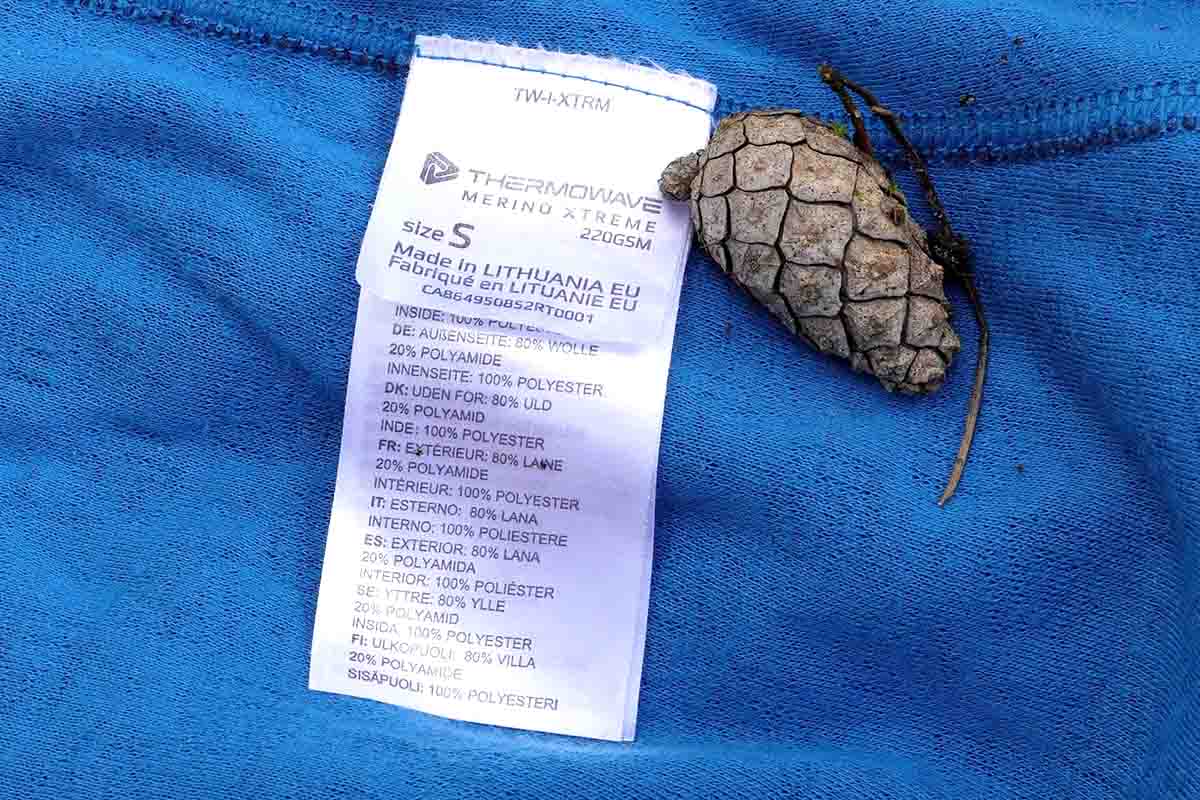
Responsible Wool Standard
When a product is made from (merino) wool, I always need to check if the sheep are held in a responsible way. One of the most well known guarantees for this is the Responsible Wool Standard.
The Responsible Wool Standard (RWS) label indicates that the wool in your clothing comes from sheep that live on farms where animal welfare is guaranteed. In addition to animal welfare, the certification also includes maintaining the health of the land where the sheep live and that the wool does not come from intensive livestock farming.
Mulesing free
One of the things Thermowave states is that the sheep are free from mulesing. Mulesing is a technique in which the wrinkled skin around a sheep’s anus is removed. Because of these wrinkles, poop and pee tend to accumulate around the anus. This is the ideal place for a fly living in Australia and New Zealand to lay their eggs. Eggs hatch and the maggots start eating the sheep. By removing this wrinkled skin, farmers prevent infections caused by these flies. However, removing this skin is far from animal friendly and if farmers take good care of their sheep, it is not necessary. However…
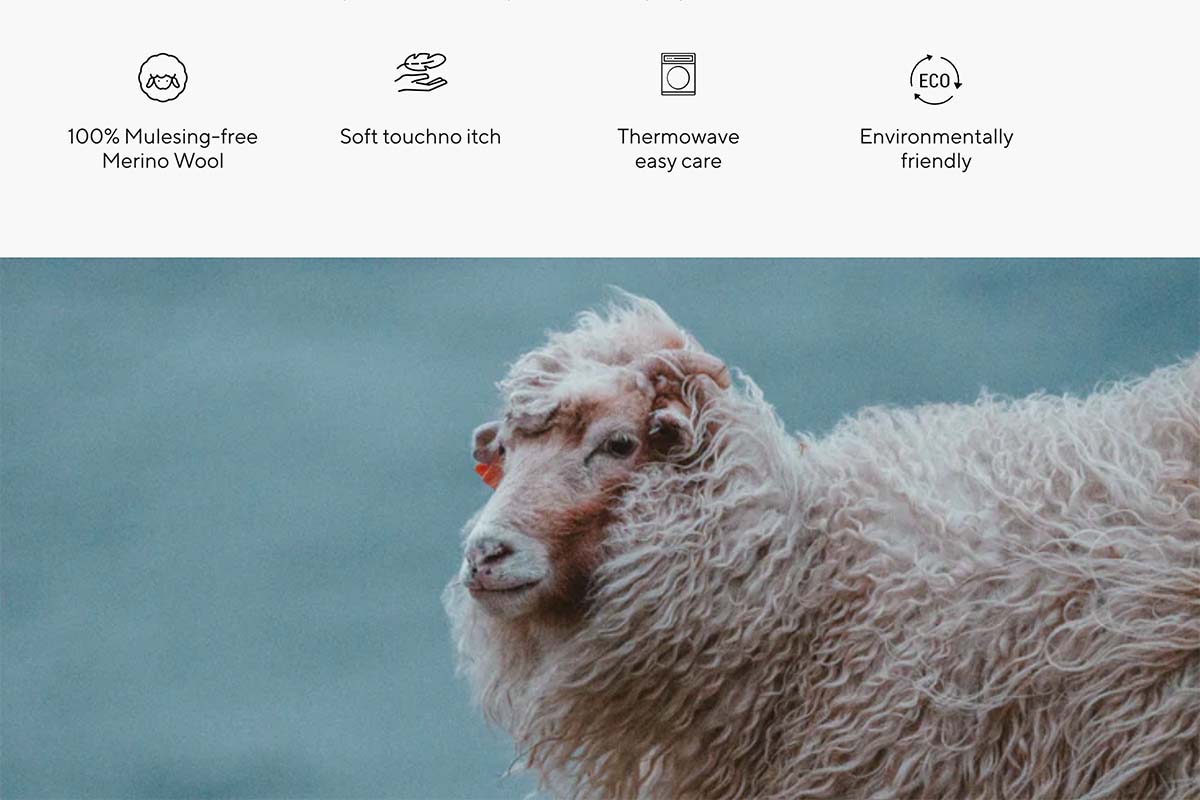
No RWS-label jet but…
On the website Thermowave might state that the sheep are held mulesing-free, but it does not carry the RWS label. Therefore I gave them a call because what the company writes on their website on animal welfare, suggests that Thermowave does have an RWS-compliance. Thermowaves Egidijus Sustauskas explained to me that Thermowave is in the application process and that the RWS will be ready in 2025. So let’s give them the benefit of the doubt for the moment and I’ll get back on this as soon as I have more information.
Fit
The fit of the Thermowave Merino Xtreme Long-Sleeve shirt with ⅓ zipper and the Thermowave Merino Xtreme Long Pants is perfect for me. I am a size S and so are these base layers. The material itself has nice elastic properties so the tight fit never feels too tight. Putting them on is not a struggle like I have had with some other brands.
The pants have a nice elastic band around the waist that prevents slipping down. The band is so flat that it never interferes with the trousers belt.

The long sleeve has nice cuffs that – after two years – are still not getting sloppy. The zipper and the little bit of high collar are fine but if I had the choice I would probably go for the crew neck version. This has mainly got to do with the fact that I mostly wear hoodies and the high collar together with a hoodie and hard shell with hood, it gets a bit cramped.
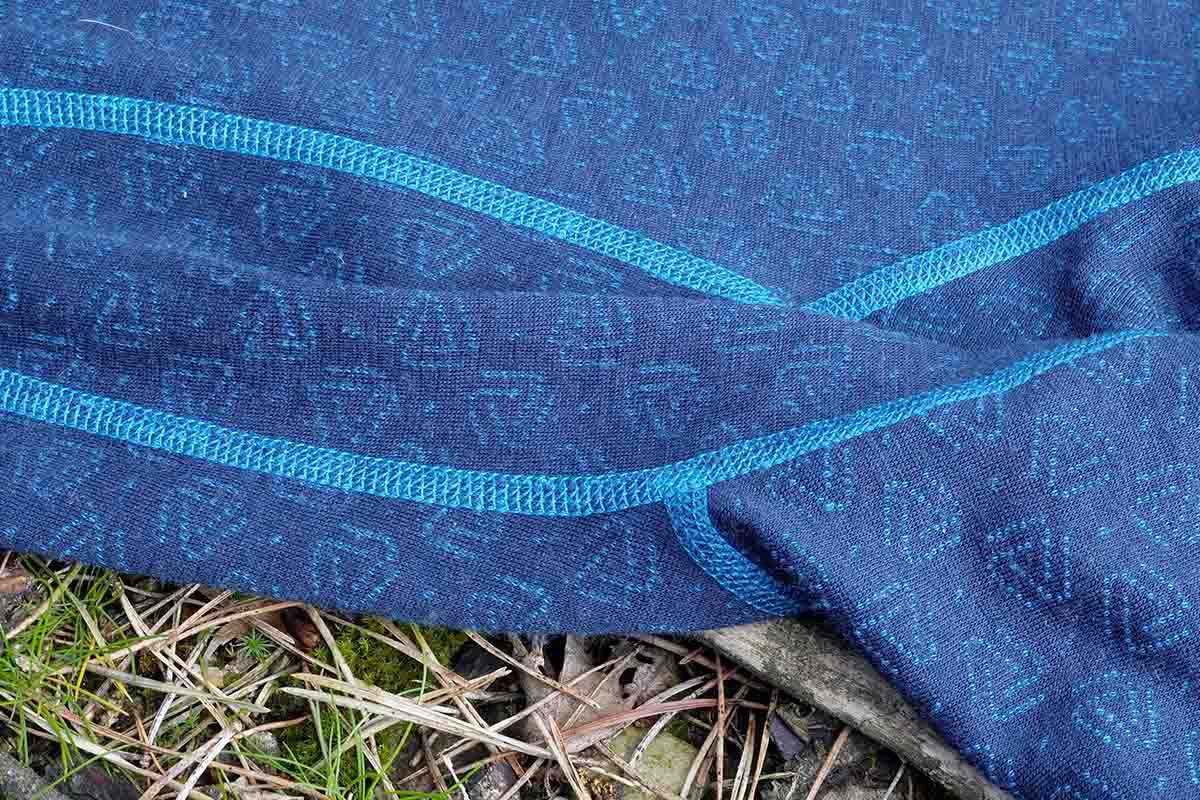
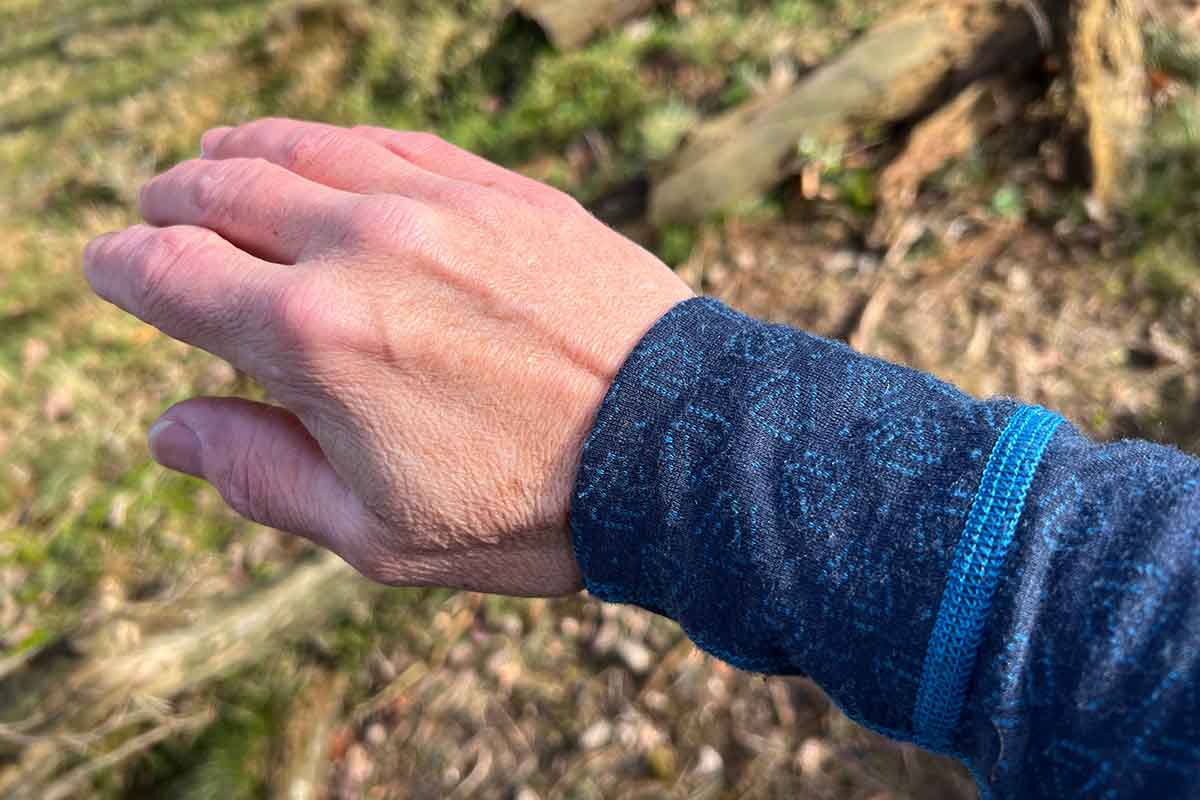
All seams on the pants and the long sleeve are flatlock seams so they are hardly noticeable during wearing.
Warm or not?
The big question with base layers is: how warm is it? With 220 gr/m2 the Thermowave is not the thickest and heaviest material but for me it was absolutely fine. It does not feel heavy on the body when wearing and the insulation is there. When being very active – hiking uphill or snowshoeing – I never had the feeling of overheating. But beware: a base layer’s main function is not insulating but keeping moisture away from the skin.
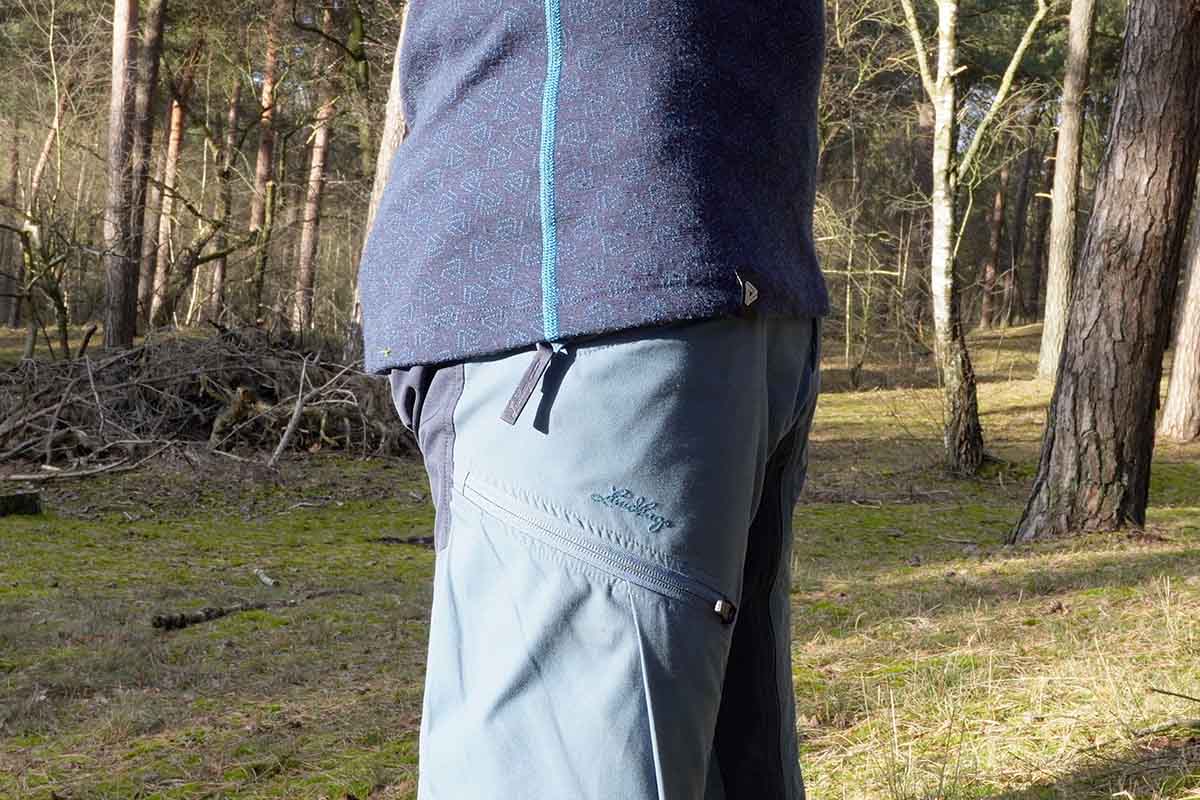
Moisture that stays on the skin results in a body that wants to get rid of this so the body generates warmth to evaporate this moisture. This results in a loss of energy and you will be exhausted earlier than with clothing that wicks the moisture away from the skin. That is also the reason why a cotton shirt is the worst base layer; cotton absorbs moisture and it takes a lot of energy to evaporate it out of the cotton.
Moisture control
So what about moisture control? Well in this respect the Thermowave Merino Xtreme Long-Sleeve shirt with ⅓ zipper and the Thermowave Merino Xtreme Long Pants do an excellent job. The inner layer of polyester wicks moisture away from the body. I never felt sweaty or wet. The second layer of the merino wool and polyamide absorbs some moisture and provides insulation. The moisture is – to my feeling – evaporated very gradually to the next layers. Did you know that (merino) wool has the property to insulate even when it is wet? This is an advantage of wool but there is another one.
Itching and odor control
When I started hiking, cycling and some mountaineering, I always used synthetic materials as base layers. They did the job with moisture control and some insulation but they were always very smelly very fast. Since most of my like minded friends wore the same, nobody minded. Yes, I tried the treated ones with silver in it as odor control, but still…. Smelly. I also tried wool in those days but it was always itching. Until merino wool base-layers came available.
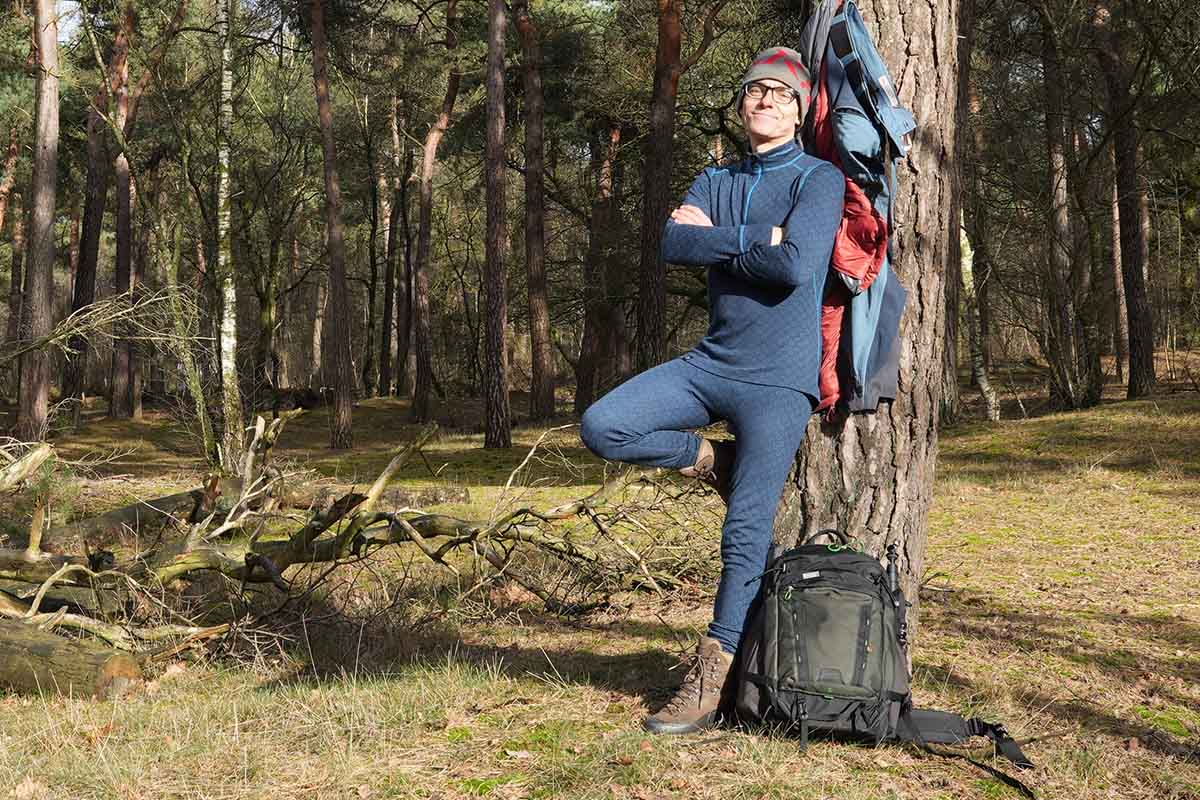
I already mentioned a few advantages of merino but there is one extra: merino wool does not get smelly. I have been wearing merino socks for weeks (see the Darn Tough review) and it just does not happen. It is a natural property of merino. So how about this combination of materials? I don’t know how they do it, but this doesn’t get smelly either. So full marks on this! And itching? This one doesn’t and that is not surprising… the inner layer is not made from merino and if it was? Merino does not itch.
Struck by lighting
You know the feeling with cold dry weather and synthetic materials: your hair sometimes gets upright when you take off a piece of clothing. Or when you cuddle the cat… electricity is generated. It does happen with the Thermowave base layer. It is not as intense as with full synthetic materials but it is more intense than with 100% merino. My cats and family (and I) get struck by lightning once in a while.
Wear and tear
After two years the long sleeve and long john’s from Thermowave are still in very good shape. There is hardly any pilling on the hard worn places and no fibers are broken. Washing it on a regular basis has proven to have no effect.
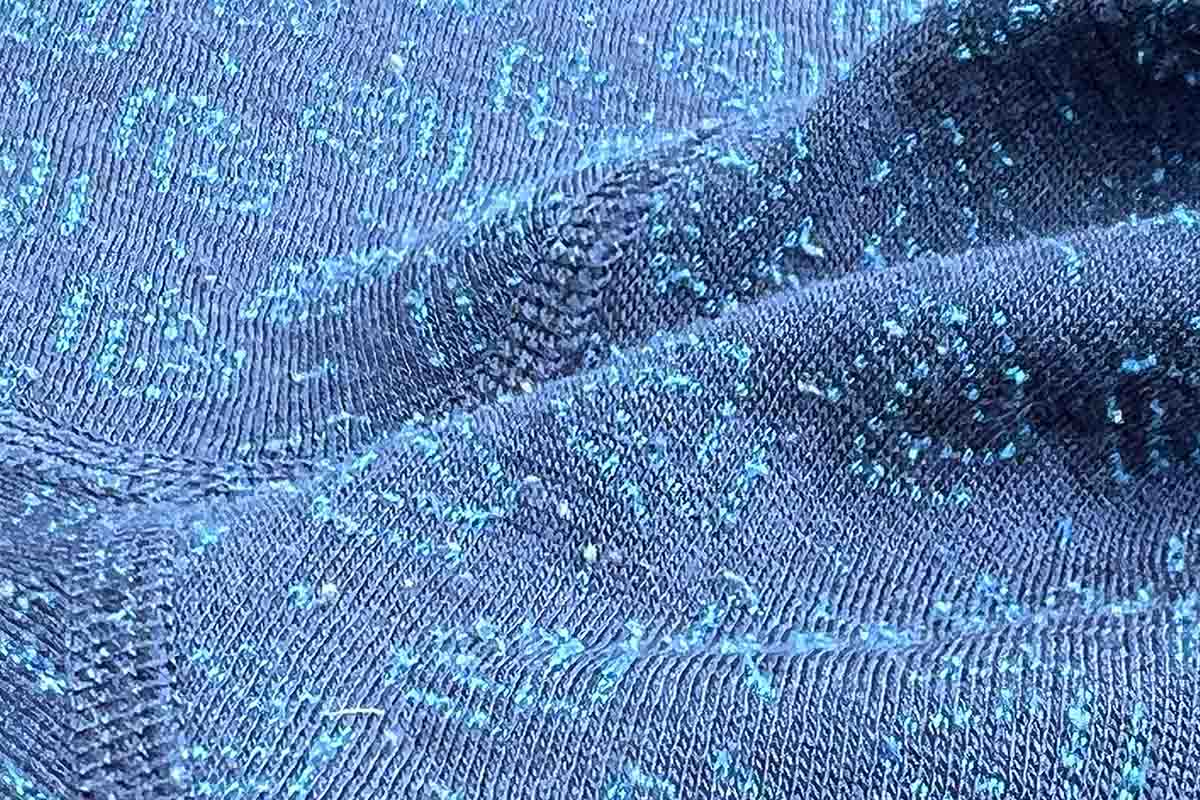
Washing
Washing can be done at 30 degrees Celcius in a washing machine but do not use softeners and don’t bleach. Tumble drying is not allowed, just line dry in the shade. Because of this it takes quite some time to dry. Best is to leave it overnight and you will be fine. Ironing can be done at moderate temperature except for the labels but I would not know why you would want to iron a base layer.
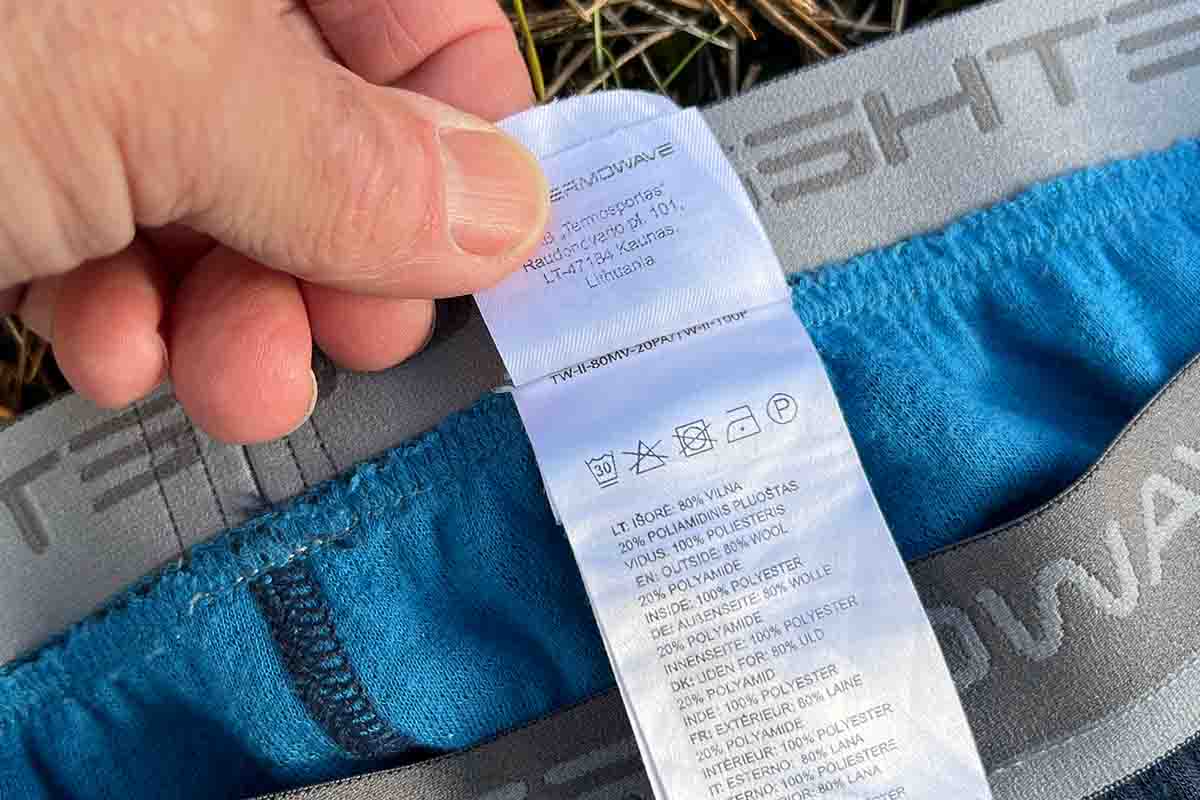
Thermowave Merino Xtreme Base layer looks
I do like the looks of this combination. The bleu long sleeve and pants have got a nice pattern in lighter blue that make it look like a nice shirt or pyjamas. Wearing the zippered shirt in a mountain hut during dinner is absolutely fine. The pants… I leave that to your choice.
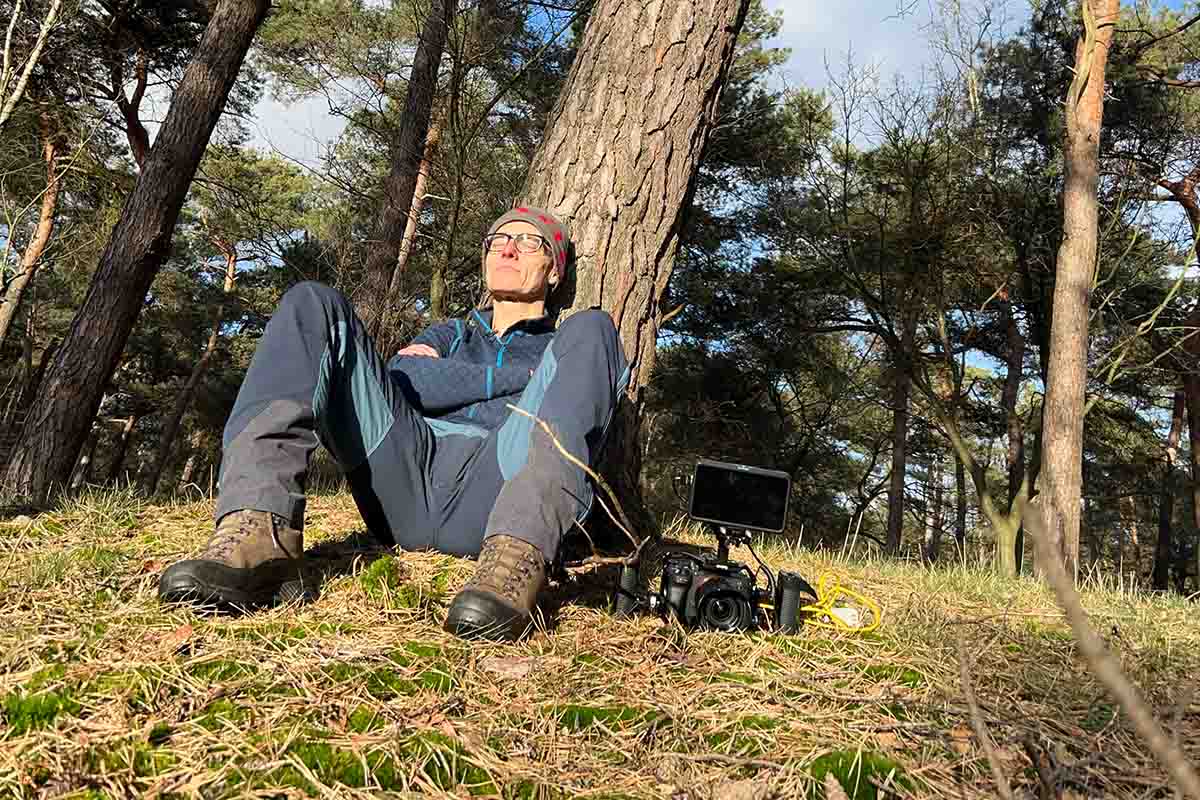
Verdict
I am pleasantly surprised with this brand that I had never heard of before. Fit of the Thermowave Merino Xtreme Long-Sleeve shirt with ⅓ zipper and the Thermowave Merino Xtreme Long Pants is great and they are comfortable to wear. They do a super job when it comes to moisture control, insulation and odor control. You will need to wash it once in a while, but these pieces save on energy and washing detergents in comparison to a lot of other synthetic base layers. The 220 gr/m2 material has proven to give a nice balance in being warm but never too warm when I was active.
Curious about prices? The Thermowave Merino Xtreme Long-Sleeve shirt with ⅓ zipper retails for € 84,95/€89,95 (men/woman) and the Thermowave Merino Xtreme Long Pants cost € 74,95 (men/woman). Both prices are very competitive. The only reason not to give the Xtreme base layer a real high number is that Thermowave is not jet RWS-certified and therefore I rate both garments at 9.1 out of 10 total.
Information
Thermowave: Merino Xtreme Long-Sleeve shirt with ⅓ zipper Men’s
Thermowave: Merino Xtreme Long Pants Men’s
Thermowave: Merino Xtreme Long-Sleeve shirt Women’s
Thermowave: Merino Xtreme Long Pants Women’s
